
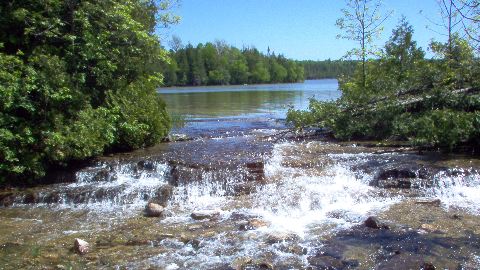

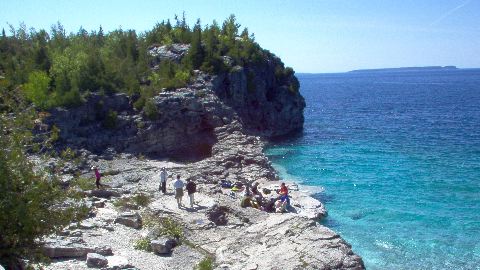
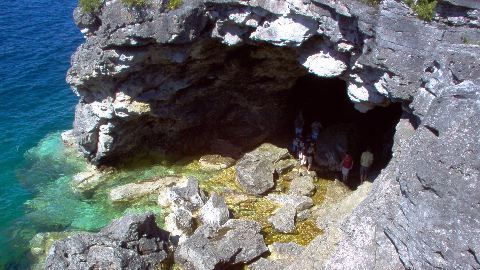
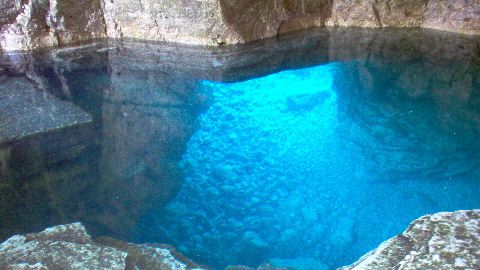
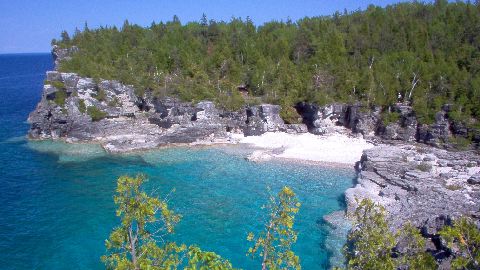
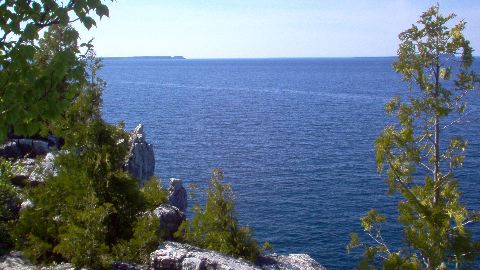
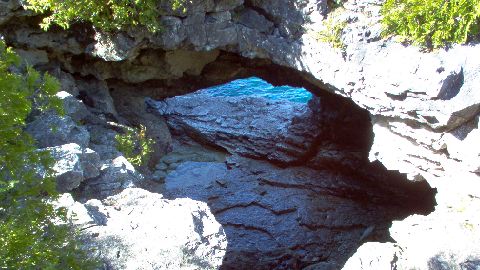
Back to the top of the page.
Back to Travel and Dive Photographs.
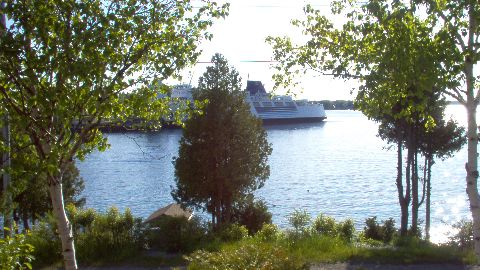
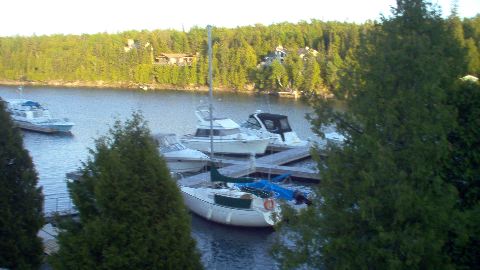
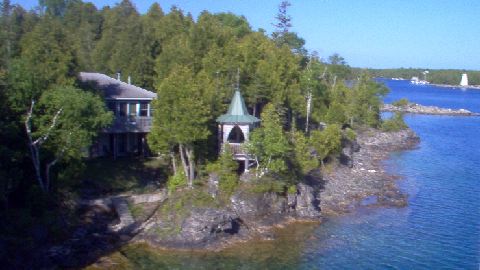
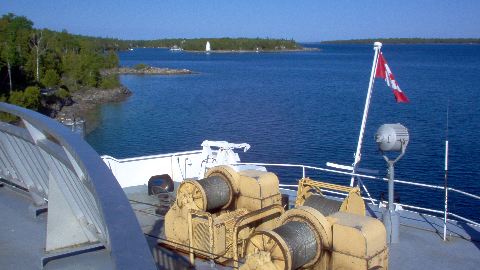
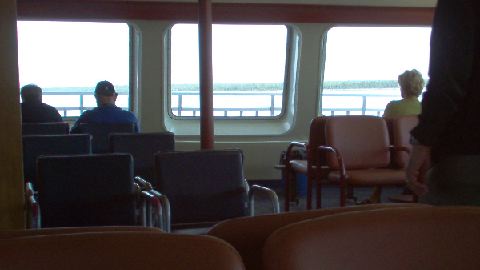
Back to the top of the page.
Back to Travel and Dive Photographs.
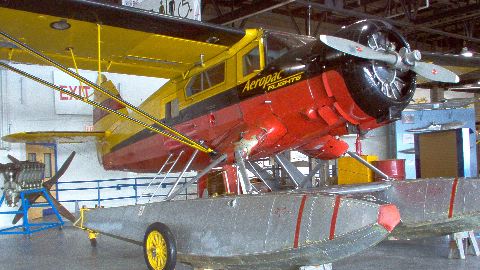
Noorduyn Norseman CF-BFT, was built in 1938. The Noorduyn Norseman is the first plane designed and built by Canadians.
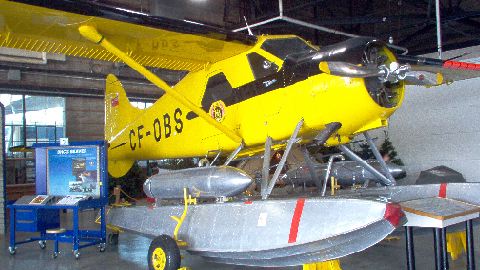
DeHavilland DHC-2 Beaver CF-OBS was the first production Beaver manufactured by de Havilland Canada. It was purchased by the Ontario Provincial Air Service in 1948. The cylinders above the floats collect water via tubes when skimming across a lake. The cylinders are tipped by the pilot and the water falls out onto the forest fire.
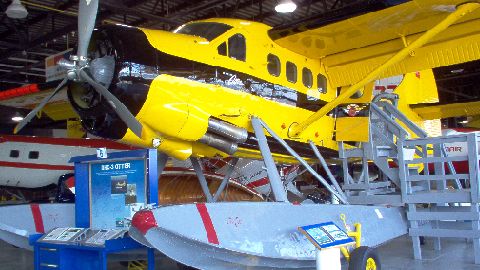
The deHavilland DHC-3 Otter was introduced in 1953. C-FODU was purchased by the Ontario Provincial Air Service in 1960.
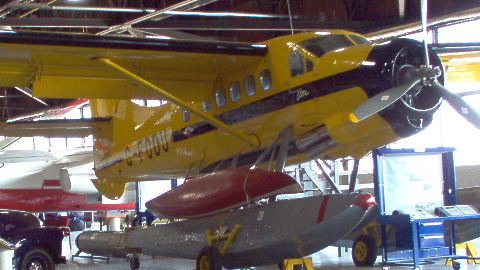
The deHavilland DHC-3 Otter can carry up to ten passengers and two crew.

This deHavilland DHC-2 Turbo Beaver MKIII CF-PSM had a PT6 turbine engine in place of the Beaver's original radial engine. The MkIII Beaver of the collection was the prototype aircraft and was donated by Bombardier Canada.
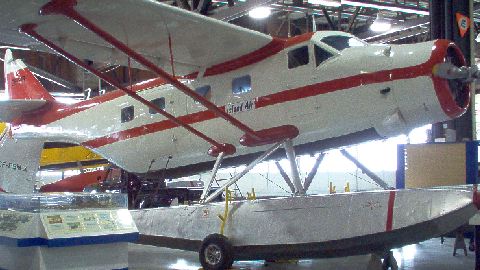
Fairchild F-11 Husky CF-EIR is the last Husky to be built. Twelve were manufactured. It was designed by Fairchild in 1946.
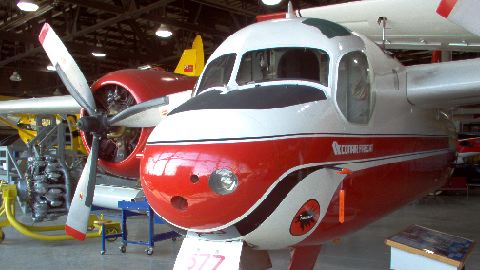
The Grumman CS2F Tracker was designed as a carrier-borne anti-submarine bomber. Many trackers were converted to chemical fire bombers. The province of Ontario had six at one time. They once served on the RCN Aircraft Carrier HMCS Bonaventure.
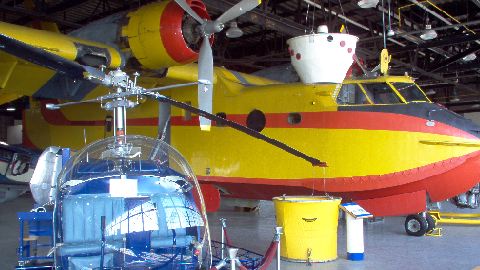
The Canadair CL-215 water bomber was designed and built in Canada. It first flew in 1967. It can scoop up 5,400 litres of water in 10 seconds. A Bell 47D helicopter sits in the foreground.
Back to the top of the page.
Back to Travel and Dive Photographs.
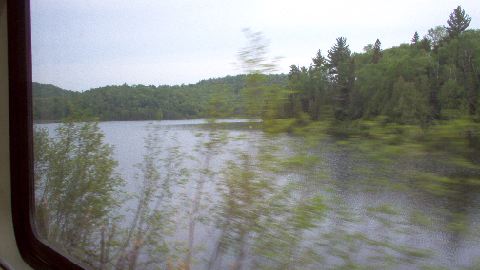
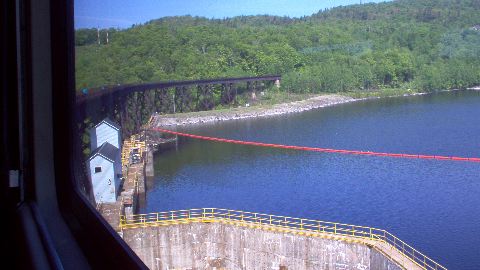
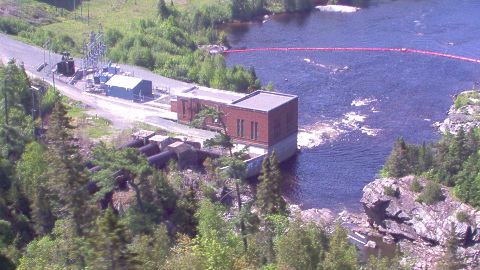
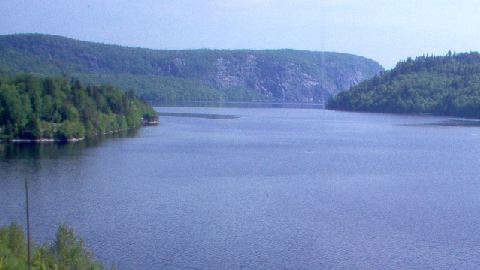
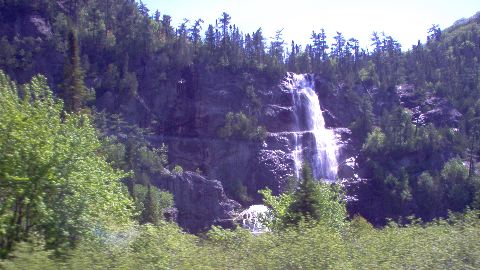
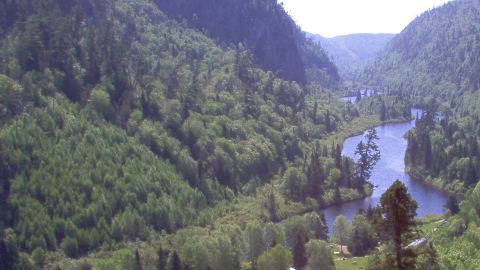
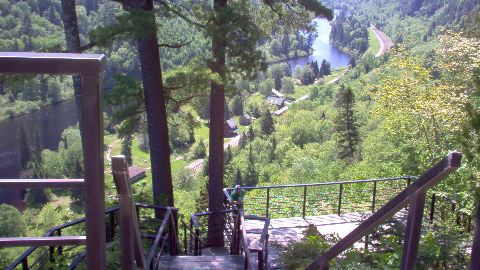
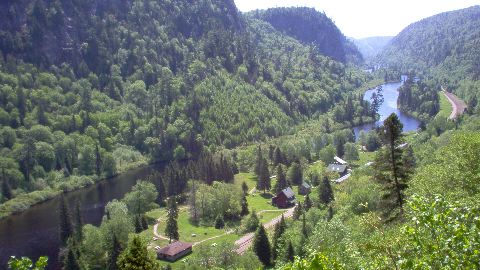
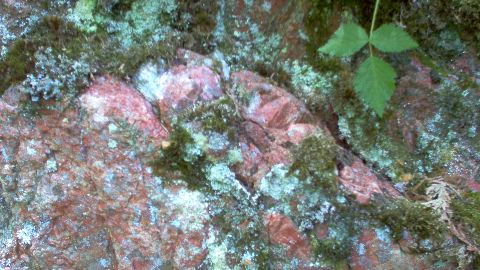
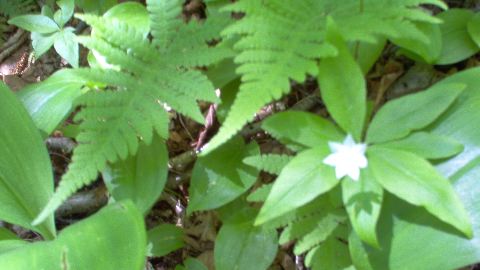
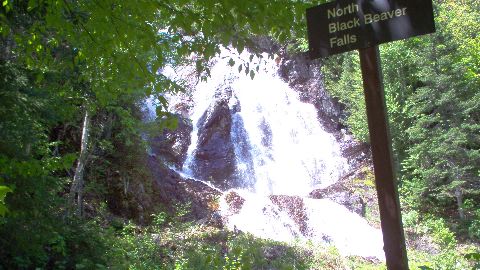
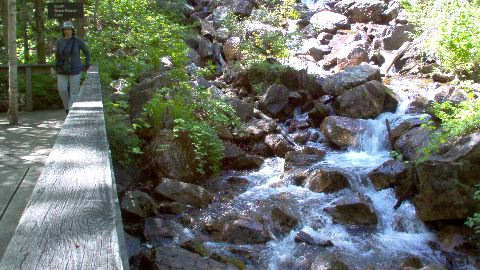
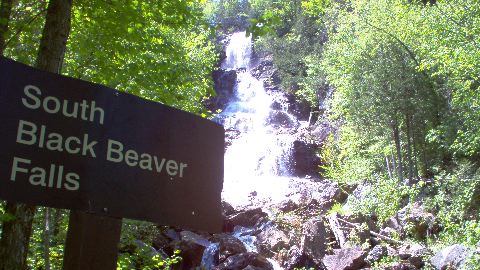
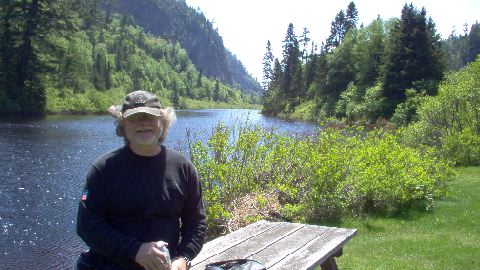
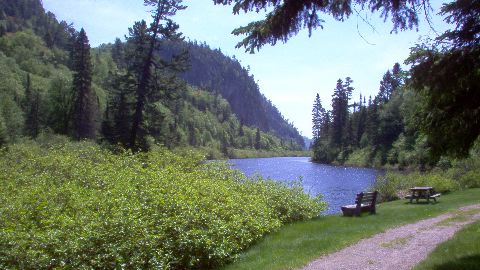
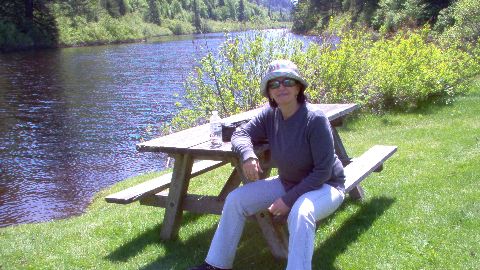
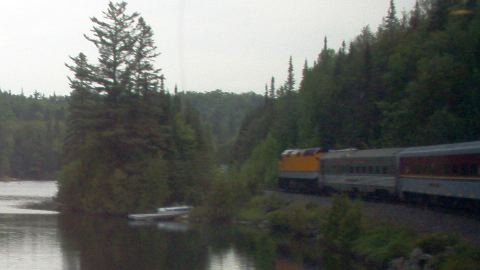
Back to the top of the page.
Back to Travel and Dive Photographs.
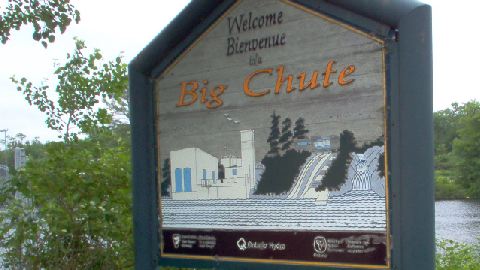
The original Big Chute Marine Railway was completed in 1917 and could only carry boats up to 35 feet (11 m) long.
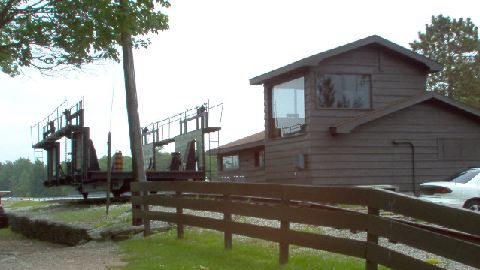
This old carriage and railway was completed in 1923 and was able to carry vessels up to 60 feet (18 m) long.
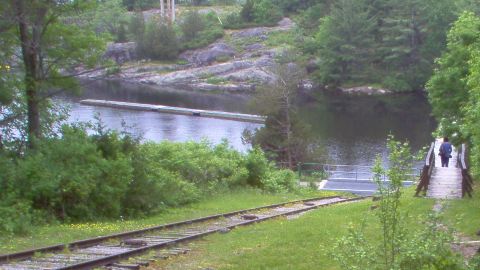
The tracks and carriage of the old Big Chute Marine Railway system were in operation until 2003 when it was decommissioned by Parks Canada.
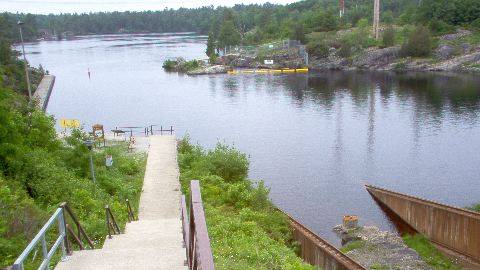
The Big Chute Marine Railway is designated Lock No.44 and lifts vessels approximately 60 feet or 18 metres. It is the only operating marine railway in North America.
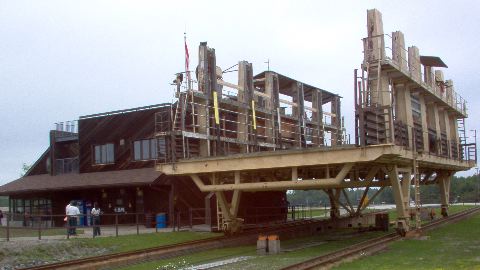
The current carriage was opened to the public in 1978, and can carry a boat up to 100 feet (30 m) long and 24 feet (7.3 m) beam. There is an interpretation centre on site with plenty of information.
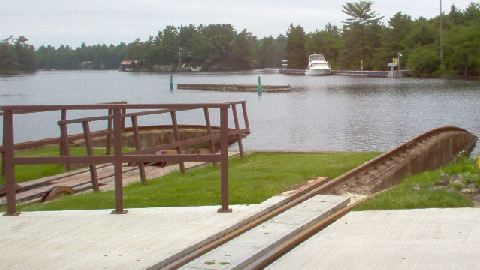
The double tracks on each side of the cradle maintains the carriage in a horizontal position at all times. The forward wheels of the carriage ride on the inside rails and the rear wheels ride on the outside rails. Notice the outside rails dip into the water first.
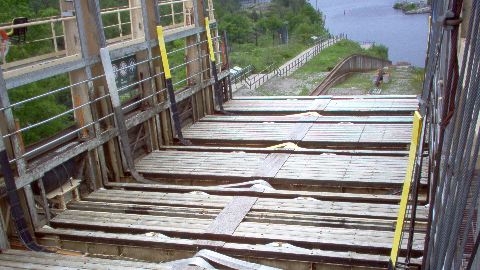
The double rail orientation can be seen as well as the slings used to cradle the boat(s) in the carriage. Notice the inside rails dip into the water first to maintain a level carriage.
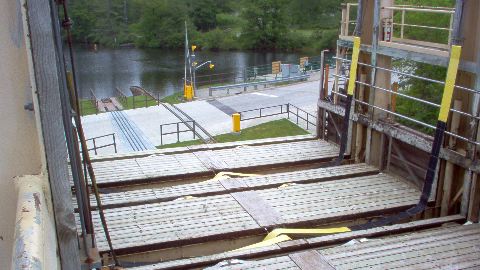
This view from the carriage shows the cable location in the road and the double rails.
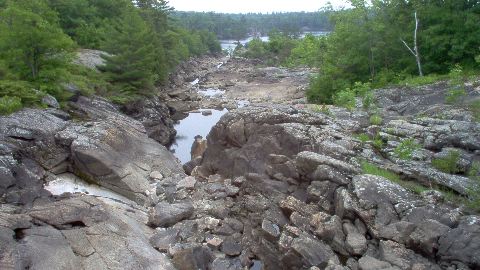
Back to the top of the page.
Back to Travel and Dive Photographs.